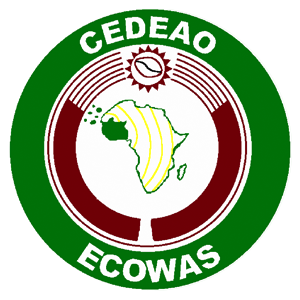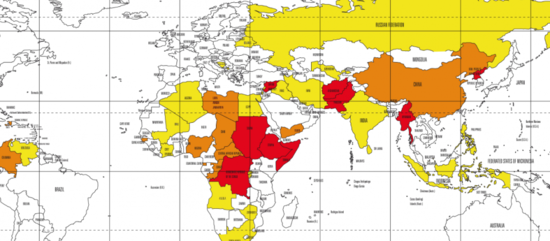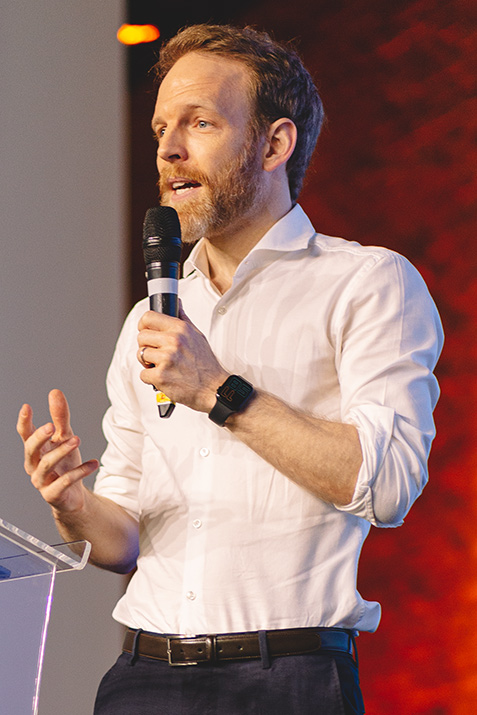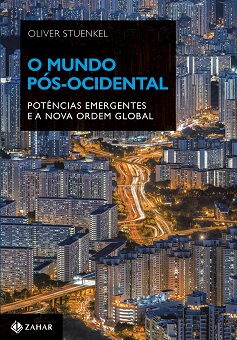
In a recent post (Who will write about R2P’s African origins?), I argued that too little is being written about the non-Western intellectual origins of the ‘Responsibility to Protect’ (R2P), a concept that has been a key element in the international debate over the past two years, but which has falsely been seen as a North-South issue. As I pointed out, articles that describe R2P as a fundamentally Western idea constructed around Western interests abound – this applies to those analyses that reject R2P as much as to those that support it.
Critics of R2P are either part of a politically correct Western left, “so ashamed of the crimes of Western imperialism that it found itself incapable of denouncing the actions of Third World regimes” (as Rahul Rao puts it in his last book), or – if they are based in the Global South – they regard the concept as an imperialist plot by the powerful that is meant to disguise military interventions conducted to defend economic interests. For them, R2P symbolizes the difference between sacrosanct Western sovereignty and a weaker version of it in developing countries.Yet even Western thinkers who support R2P often see it essentially as an expression of Western enlightened liberal thought. For them, the challenge is to convince emerging powers of the usefulness of R2P.
Yet few authors recognize, as Isaac Terwase Sampson writes in a recent article, that “though heralded as a new paradigm in international response to serious humanitarian catastrophes, elements of what is now known as R2P were already institutionalized in Africa, particularly within the ECOWAS region.” While many policy analysts around the world still confuse R2P with humanitarian intervention, “ECOWAS has already developed and commenced the operationalization of its mechanisms on conflict prevention; management and resolution with an appreciable success”, the author points out.
This can be explained by the profound changes of African security arrangements after the end of the Cold War. As conflicts on the African continent were no longer seen in the context of the ideological battle of the West vs. the Soviet Union, the continent lost its strategic significance, and outside powers closed their military bases. It thus fell to regional organizations such as ECOWAS to deal with conflicts. When it became clear that Western rhetoric about the universality of human rights meant little in times of crisis – such as Rwanda in 1994 – a consensus emerged in Africa that “African solutions were needed to solve African problems” the author writes.
African scholars’ and policy makers’ strong focus on prevention also stems from necessity: African armies are simply not capable of engaging in a complex intervention such as the one seen in Libya in 2011. The results are of great interest, such as the ECOWAS Protocol relating to the Mechanism for Conflict Prevention, Management, Resolution, Peacekeeping and Security, which, enacted in 1999, established the creation of a web of institutions and support organs such as the Sub-Regional Peace and Security Observation System otherwise known as the Early Warning System (EWS), which focuses on conflict prevention. All these mechanisms are designed in a way to cooperate with the AU and the UN when necessary – and as has been the case in the Ivorian post-election crisis.
The ECOWAS Conflict Prevention Framework (ECPF), a “comprehensive operational conflict prevention and peace-building strategy”, has several similarities with R2P – emphasizing prevention and peace-building, including the strengthening of sustainable development, the promotion of region-wide humanitarian crisis prevention and preparedness strategy and the culture of democracy. It gives ECOWAS the legitimacy to intervene if
(a) the responsibility to prevent—actions taken to address the direct and
root causes of intra- and inter-state conflicts that put populations at risk;
(b) the responsibility to react—actions taken in response to grave and compelling
humanitarian disasters; and
(c) the responsibility to rebuild—actions taken to ensure recovery, reconstruction,
rehabilitation and reconciliation in the aftermath of violent
conflicts, humanitarian or natural disasters.
This sounds, in several aspects, very similar to R2P, suggesting that African thinking about sovereignty and intervention had evolved already prior to the birth of R2P. The author confirms this: “African commitment to ending non-intervention and the subsequent development of legal and institutional mechanisms to concretize this aspiration on the continent also predates the ICISS report in 2001 and the World Summit Outcome Document (WSOD) in 2005.” (These two are generally seen as the key moments in the history of the R2P concept.) Isaac Terwase Sampson rightly argues that the quadruple crimes and three pillars of R2P are based on existing obligations under internal law with binding legal effect – thus countering those who claim that the WSOD’s treatment of R2P is meaningless as it is not legally binding. As a consequence, all participating governments supported WSOD in 2005.
A map created by Genocide Watch, an NGO, provides an interesting overview over countries that are thought to be at risk of being home to ethnic cleansing, crimes against humanity or genocide (which can take place at the same time). 19 of Africa’s 55 countries is on the list, making it by far the most vulnerable region in the world. Between 1958 and 2009, Africa had over 80 coups d’état, out of which West Africa had the highest number overall; accounting for 44.4%.
As a consequence, ECOWAS can be said to be something like a global R2P leader: “Its interventions in Liberia (1990) and Sierra Leone (1997), and the ECOWAS missions in Liberia (ECOMIL) in 2003 and Côte d’ Ivoire (ECOMICI) in 2002 were classic demonstrations of regional security enforcement by ECOWAS, for and on behalf of the international community” the author writes, while conceding that some of these operations were carried out prior to UN authorization, and seen as a Nigerian military adventure. The author also points to a certain norm incongruence between R2P and ECOWAS instruments, the latter of which sets the bar for intervention somewhat lower.
Still, it becomes clear that ECOWAS’ contribution to R2P is far greater than many analyses suggest, particularly in the area of less expensive preventive and pacific measures that would creatively transform conflict on the continent, in view of the region’s reduced financial and institutional capacity. Considering where the populations are most vulnerable to genocide, ethnic cleansing, crimes against humanity and war crimes, West Africa’s intellectual contribution to the future global debate about R2P will be crucial.
Read also:
Who will write about R2P’s African origins?
Book review: “Third World Protest” by Rahul Rao
What does China think about R2P?
photo credit: logo of Economic Community Of West African States (ECOWAS-CEDEAO)









